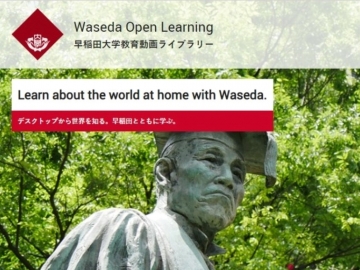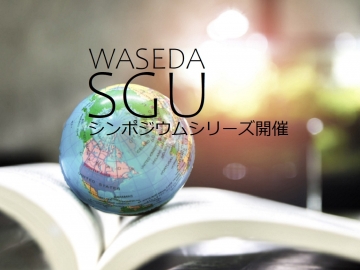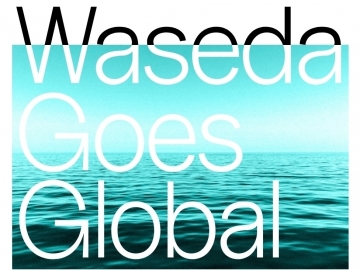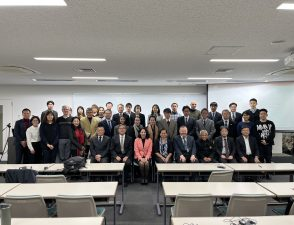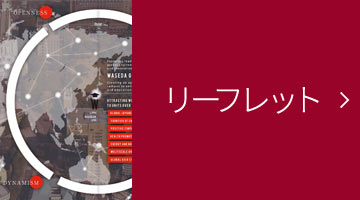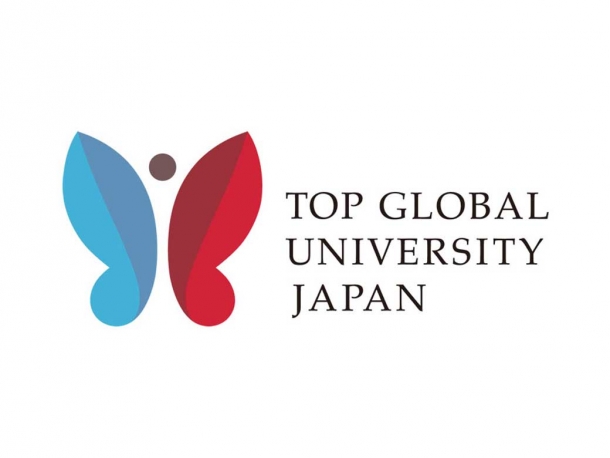
グローバルアジア研究拠点では、アメリカのGeorgetown大学よりJordan Sand先生をお招きし、3回の特別講義を実施いたします。
イベント詳細
日程:2019年12月9・12・16日 5限(16:30~18:00)
会場:早稲田キャンパス 14号館9階960号室
参加対象:学生・教職員・一般
事前参加登録:不要
入場料:無料
講義概要
This series of three lectures will explore the modern history of the Pacific region through cultural perspectives on colonization, migration, and military hegemony. The lectures will focus on issues in Japanese and US imperial history, but viewed particularly from the periphery of empire: Okinawa, Hawaii, and the island Pacific. Lectures will be accompanied by group reading and discussion of primary sources and video.
Lecture 1 (12月9日 月曜日):People, Animals, and Island Encounters: A Pig’s History of the Pacific
From Polynesians to Europeans to Chinese and Okinawans, when people first traveled to islands in the Pacific, they brought domesticated animals with them. As food sources and as companions, these animals had an important role in shaping island societies and in mediating encounters between travelers, settlers, and indigenes. This lecture will trace the place of pigs in encounters between these groups in Hawaii, Ryūkyū/Okinawa, and Japan, from the time of the earliest settlement until after World War II. Reading of written accounts will also show that the ways people talked about domestic animals tell us a lot about their understandings of human society.
Lecture 2 (12月12日 木曜日):Japanese Labor Migration in the Context of Empire
The migration of Japanese workers to Hawaii and the Americas from the late nineteenth century through the first half of the twentieth century used to be told in Japan as a story of kimin: people abandoned by their country. In US history, the story of Japanese immigrants
focused on the struggle to settle and assimilate. Recent research has changed the focus, showing the complex relationship between migration and empire. This lecture will review some recent work that connects Hokkaido, Hawaii, Taiwan, California, and Manchuria, to
present a multifaceted picture of the meanings of Japanese migration. We will also look at the place of empire in early twentieth-century cartoon representations of migrant experience.
Lecture 3 (12月16日 月曜日):Fun-Loving Empire: The Culture of US Military Hegemony in the Pacific
From the founding of a naval base at Pearl Harbor in 1899 through the occupations of Japan and Okinawa in 1945, nuclear testing in the Pacific, and wars in Korea and Southeast Asia, the United States military built a new kind of empire, an archipelago of semi-permanent American outposts, which had profound impacts on local societies and environments. At the same time, US military empire engendered a traffic in cultural forms between the Asia-Pacific and the American continental metropole. For Americans, that traffic created a new image of the Asia-Pacific as a place of exotic fun. Through examination of cultural forms ranging from surfing to Spam “luncheon meat,” this lecture will explore this cultural traffic and its implications.
お問い合わせ
早稲田大学国際部国際課 SGUグローバルアジア研究拠点担当
[email protected]
